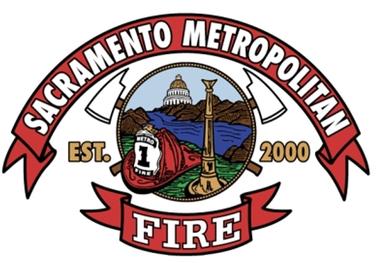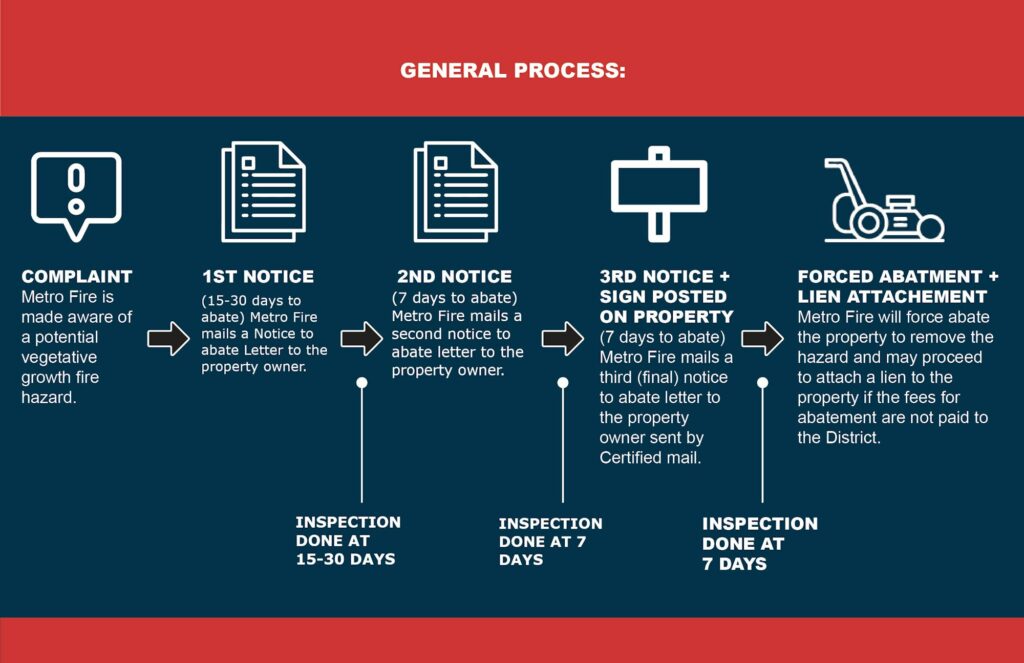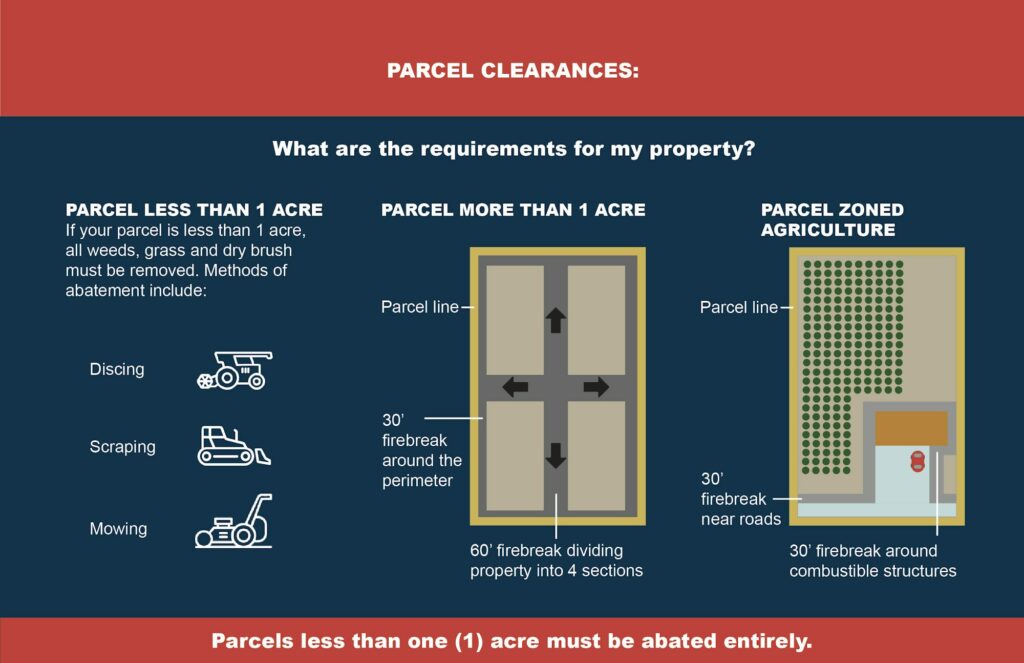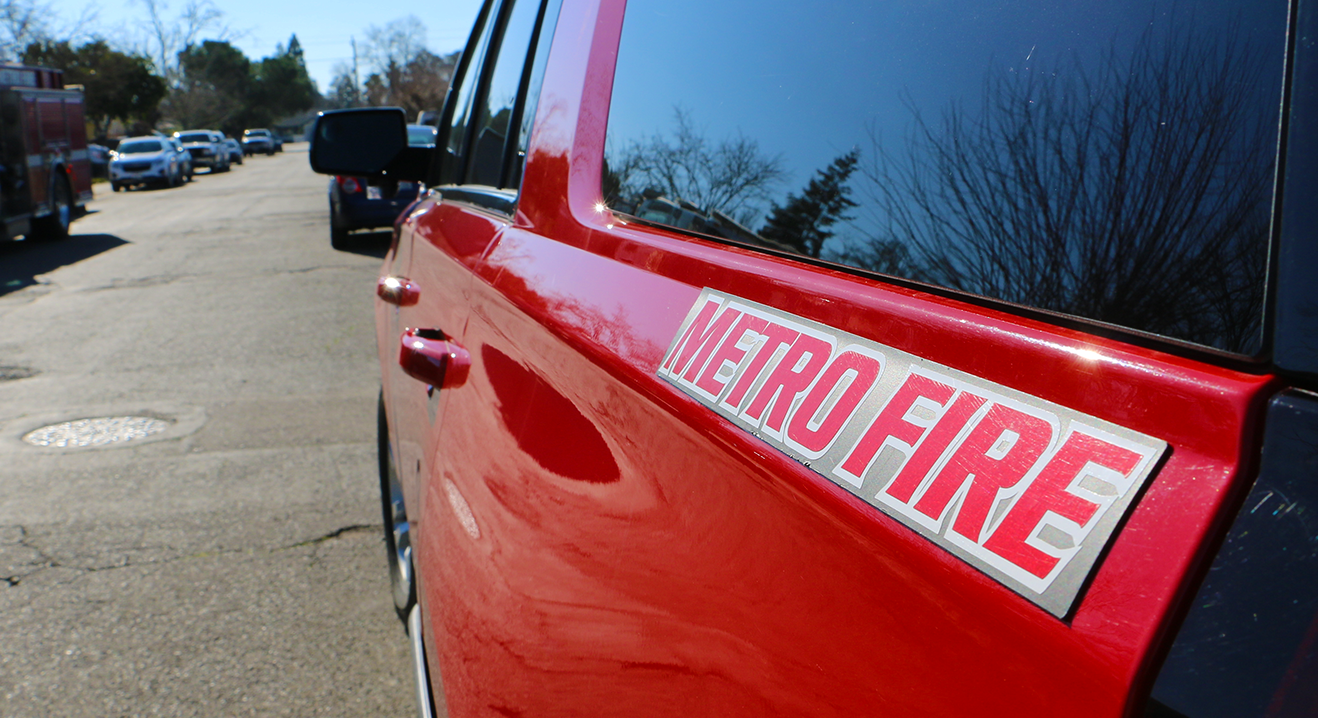
RIO LINDA, CA – With fire season upon us, Metro Fire’s Fire Marshal is addressing a recent influx of complaints regarding non-compliance with the annual Weed Abatement program. During her response, she has encountered several critical misconceptions and improper reporting methods that need to be clarified for the safety of the community.
If you see a property that is not in compliance, how you report it matters.
The Right Way vs. The Wrong Way to Report Hazards
A significant issue is how residents are reporting potential violations. Many are turning to the social media platform “Nextdoor” to post complaints about their neighbors’ properties.
“Using social media to report a neighbor is not a legal or effective method,” the Fire Marshal’s office clarified. “Metro Fire cannot act on information from a private company like Nextdoor and cannot access those records. It is not an official reporting channel.”
The proper and most efficient way to report a potential fire hazard from weeds is to contact the Metro Fire Weed Abatement program directly:
Additionally, residents are advised to delete the old “Nail Em” smartphone app. The app, originally developed by TNT Fireworks, is defunct and has not been maintained for years. It no longer serves any reporting function and is now only tracking user data.

“But I Didn’t Have a Fire Last Year”
One of the most common and dangerous reasons for non-compliance that property owners give is that they cleared their property last year and didn’t have any fires.
The Fire Marshal’s office stresses that past results do not guarantee future safety. The weed abatement program requires that properties be maintained every year. The purpose is to prevent ignition and the spread of fire to neighboring properties. A single dry season creates significant risk, regardless of what happened the year before.

Understanding Abatement Requirements
The Metro Fire Weed Abatement program mandates that property owners keep their land cleared of weeds, grass, vines, or any other growth that could easily ignite and endanger the community. The specific requirements are as follows:
- Discing: Discs must be set at an angle deep enough to cut the sod loose and effectively bury the vegetation. This also includes roto-tilling or cultivating the soil.
- Scraping: The blade must be set at an angle that cuts vegetation down to bare ground.
- Mowing: After mowing, dead weeds cannot exceed two inches in height. Mowing must be repeated each time the dead growth on the property exceeds six inches. All combustible material that is cut down must be removed from the property.
(Note, this is a reprinting of an article previously published, yet no less timely, accurate or important.)



